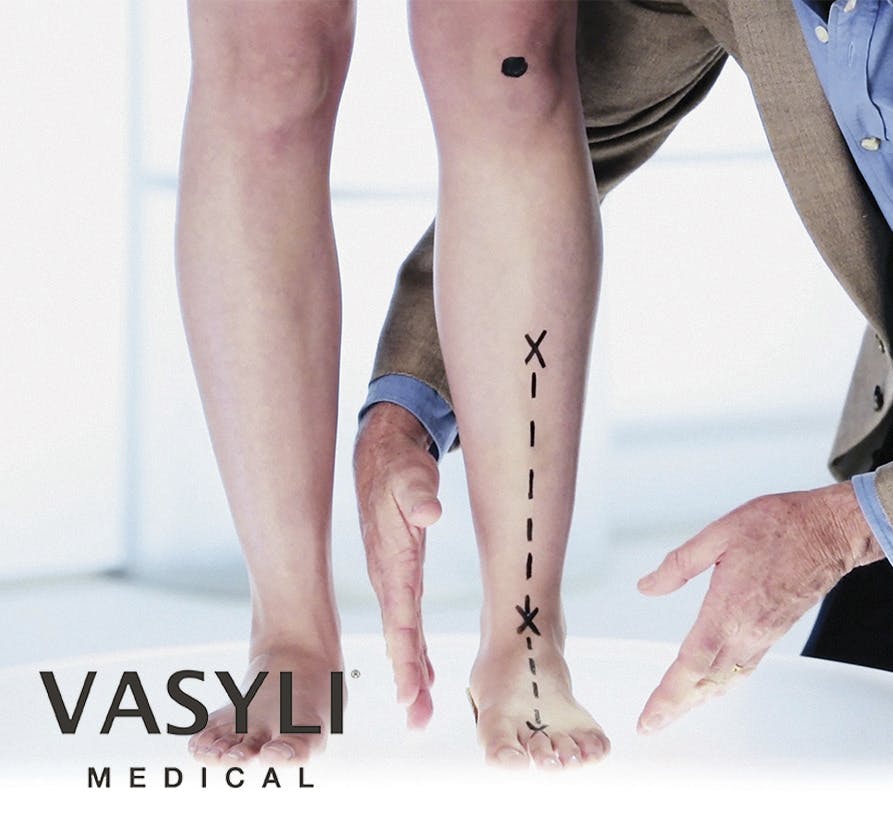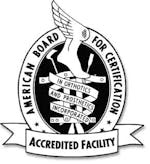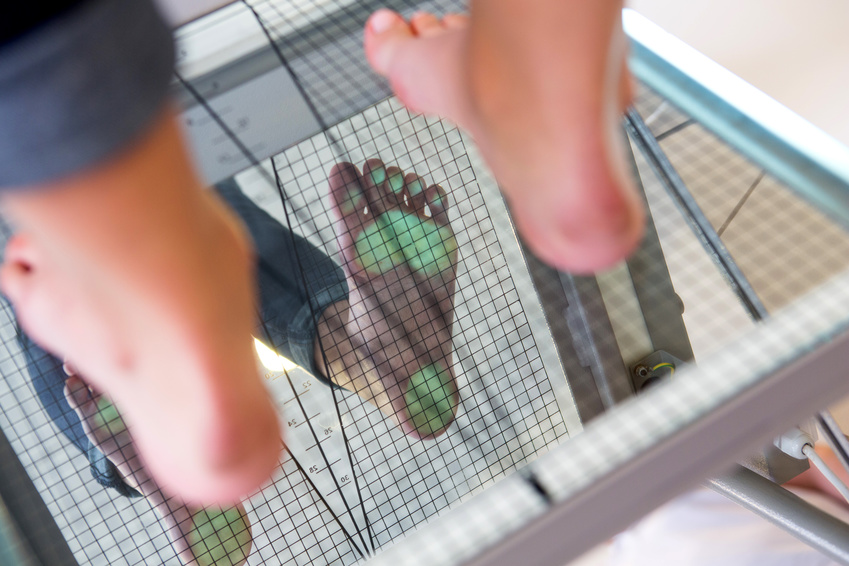Studies show that 75 percent of people experience foot problems at some point in their lives. These problems are common from children to seniors, from top athletes to people with sedentary lifestyles.
Loss of the “Footprint”: The human foot was originally designed to walk on natural, soft surfaces like earth and sand, instead we now spend most of the day on unnatural, hard, flat surfaces like pavements and floors. This loss of our “footprint” has resulted in a new modern variety of pain.
The normal lower limb has a 3-to 4-degree tibial varum (mild bow-legged) angle when approaching the ground. When the feet strike natural surfaces like earth and sand, these surfaces give way to accommodate the foot’s strike angle. However, when the feet strike hard, flat surfaces like pavements and floors, the feet flatten and pronate excessively upon contact. Excess pronation may cause:
- Calcaneal eversion
- Internal tibial rotation
- Medial plantar displacement of the talus upon the calcaneus
- Lowering and elongation of the arch structure
- Excess weight bearing over the 1st metatarsophalangeal joint
- Excess medial lower-limb strain
- Excess lateral upper-limb compensation

Claiming Back the “Footprint”: VASYLI orthotics realign the lower limb to its natural angle and may help relieve common biomechanical complaints. In combination with a physical therapy regimen, orthotics may help alleviate complaints due to:
- Plantar fasciitis
- Achilles tendonitis
- Metatarsalgia
- Hallux abducto valgus (bunion)
- Patellofemoral pain
- Lower back pain
- Tibial stress syndrome
- Iliotibial band syndrome
No one footprint is the same. Establishing the relationship of nature versus common era functional surfaces helps our physical therapists to identify the key factor to successful orthotic prescription.


